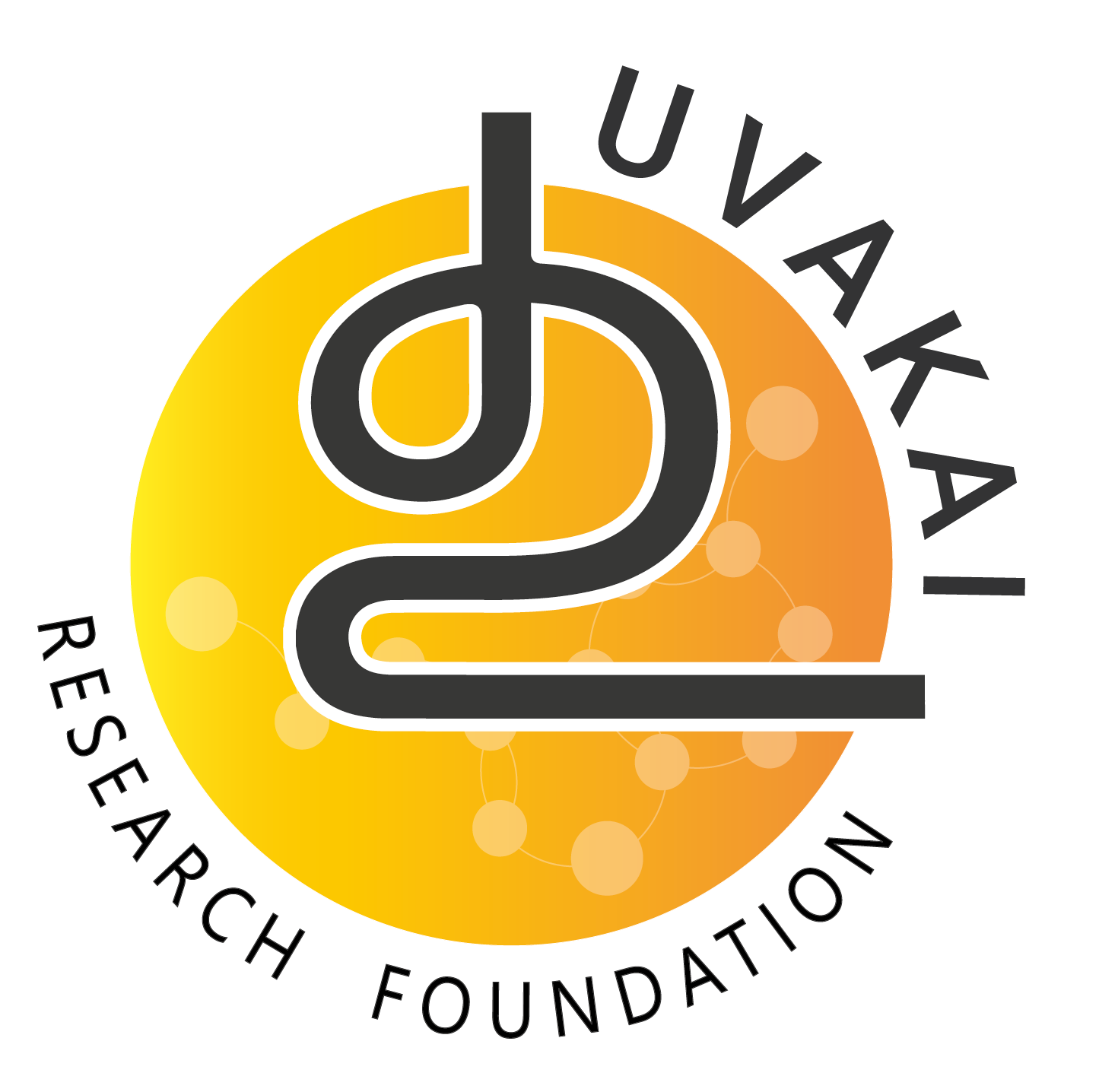
WRD Minister Duraimurugan claimed that desilting dams is not a common global practice, contradicting PWD efforts on desilting.Introduction: A Wake-Up Call for Tamil Nadu’s Water Security
The Honorable Water Resources Minister, Mr. Duraimurugan, recently stated that desilting dams is not a common practice globally and proposed flushing through sluices as an appropriate alternative. While this statement acknowledges a legitimate sediment management technique, it does not adequately address the gravity of the siltation crisis in Tamil Nadu’s dams.
With decades of neglect, Tamil Nadu’s reservoirs are suffering from significantly reduced water storage capacities, threatening irrigation, drinking water supply, and flood management systems. This blog critically examines the state of siltation in Tamil Nadu’s dams, highlights global best practices, and proposes a roadmap for effective sediment management.
The Crisis: Tamil Nadu’s Silted Dams
Tamil Nadu’s dams are vital for:
- Irrigation: Supporting millions of farmers.
- Drinking Water: Providing water security for urban and rural communities.
- Flood Management: Controlling excess water during monsoons.
However, the unchecked accumulation of silt has caused:
- Reduced Storage Capacity: Dams are unable to store sufficient water during monsoons, leading to water scarcity in dry seasons.
- Increased Flood Risks: Rapid filling forces premature water releases, contributing to floods.
- Irrigation Failures: Insufficient storage disrupts farming cycles, threatening livelihoods.
Global Best Practices in Sediment Management
Contrary to the belief that desilting is uncommon, many countries adopt a combination of traditional and modern sediment management techniques tailored to their specific needs.
- Drawdown Flushing:
- Periodic lowering of reservoir water levels to flush out sediment.
- Examples: Swiss and Japanese reservoirs.
- Drawback: Effective only for moderate siltation and requires adequate water flow.
- Mechanical and Hydraulic Dredging:
- Using equipment like the Ellicott Series Dragon® Dredge to remove dense, compacted silt.
- Examples: Kenya’s Kipchoge Dam, Kapichira Reservoir in Malawi.
- Drawback: High cost and requires skilled operation.
- Sediment Sluicing:
- Releasing water at high velocity to transport fine sediments downstream.
- Examples: Used in the USA and Europe for periodic maintenance.
- Drawback: Temporary solution; downstream ecosystems may be disrupted.
- Sediment Bypassing Systems:
- Constructing tunnels or gates to divert sediment-laden water downstream during high flows.
- Examples: Paonia Reservoir, USA.
- Advantage: Sustainable, long-term solution.
- Drawback: High infrastructure cost.
- Catchment Area Management:
- Preventing siltation at the source through reforestation, check dams, and soil conservation.
- Examples: Integrated watershed programs in China and India.
Tamil Nadu’s Reality: Why Sluicing Alone Isn’t Enough
Sluicing is most effective when implemented regularly and before significant sediment accumulation occurs. Tamil Nadu’s dams, however, face:
- Decades of Neglect: Many dams have reached critical levels of sedimentation.
- Ineffective Infrastructure: Limited sluice gates and improper maintenance hinder optimal flushing.
- Environmental Risks: Sudden sediment release can harm downstream ecosystems and water quality.
Solutions for Tamil Nadu’s Dams
To restore and sustain Tamil Nadu’s reservoirs, a multi-pronged approach is essential:
- Immediate Actions:
- Mechanical Dredging: Deploy advanced dredging technologies to remove accumulated sediment in critical reservoirs.
- Sediment Transport Modeling: Use predictive models to optimize flushing operations where feasible.
- Long-Term Strategies:
- Sediment Bypassing: Retrofit dams with bypass tunnels or gates to prevent future siltation.
- Catchment Area Treatment: Reforestation, check dams, and soil conservation upstream to reduce sediment inflow.
- Regular Maintenance: Institutionalize periodic desilting and flushing schedules.
- Research and Expert Consultation:
- Collaborate with Anna University and IIT Madras for scientific assessments.
- Partner with global experts to implement innovative sediment management techniques.
- Community Involvement:
- Engage local communities in catchment management and sediment recycling initiatives.
Call for Government Action: Transparency and Accountability
If the government deems desilting unnecessary, it must substantiate its stance with:
- Comprehensive Data: Publish reports on siltation levels and water-holding capacity of Tamil Nadu’s dams.
- Scientific Justification: Demonstrate how sluicing alone can address decades of sediment buildup.
- Stakeholder Engagement: Ensure transparent and inclusive decision-making involving farmers, engineers, and environmentalists.
Conclusion: A Tipping Point for Tamil Nadu’s Water Security
Tamil Nadu’s dams are at a critical juncture. Addressing the siltation crisis requires urgency, innovation, and collaboration. By adopting global best practices and investing in sustainable solutions, the state can restore its reservoirs, secure water resources, and protect livelihoods.
As Uvakai Research Foundation, we urge the Tamil Nadu Government to:
- Act decisively by combining traditional methods like dredging with modern solutions like bypass systems.
- Prevent future crises through sustainable sediment management and regular maintenance.
The time to act is now. Tamil Nadu’s water security depends on it.
Your Voice Matters
What do you think about the state of Tamil Nadu’s dams? Share your thoughts and solutions in the comments below.
Dr. E. Vidhubala
Ar. Udhayarajan
Director,
Uvakai Research Foundation
